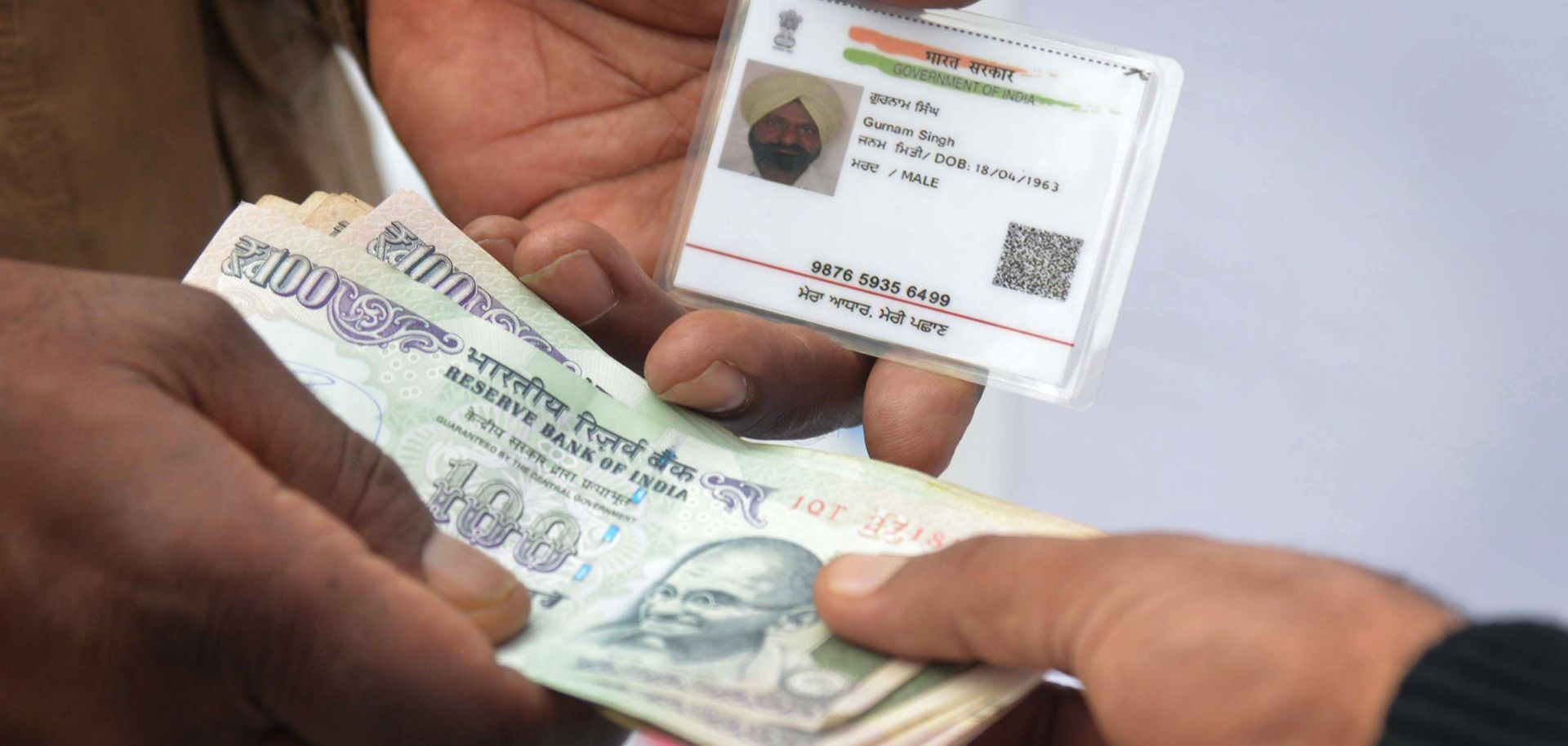ASSESSMENTS
India Pays the Price of Demonetization
Jan 13, 2017 | 09:00 GMT

Indian Prime Minister Narendra Modi's demonetization scheme caused logistical headaches and potential economic setbacks, but there has not yet been a major backlash against him.
(NARINDER NANU/AFP/Getty Images)
Summary
The first phase of India's radical demonetization experiment is over. Indian Prime Minister Narendra Modi made waves in November with his surprise announcement that the country's 500- and 1,000-rupee notes — 86 percent of the cash in circulation — would be discontinued overnight. Dec. 30 marked the end of the 50-day period in which Indians could turn in the now-worthless bills in exchange for new ones. During that time, the Indian government collected 97 percent of the outstanding notes. But the apparent success of Modi's demonetization scheme has come at a cost for the country's economy.
Proceed to sign up
Register NowAlready have an account?
Sign In